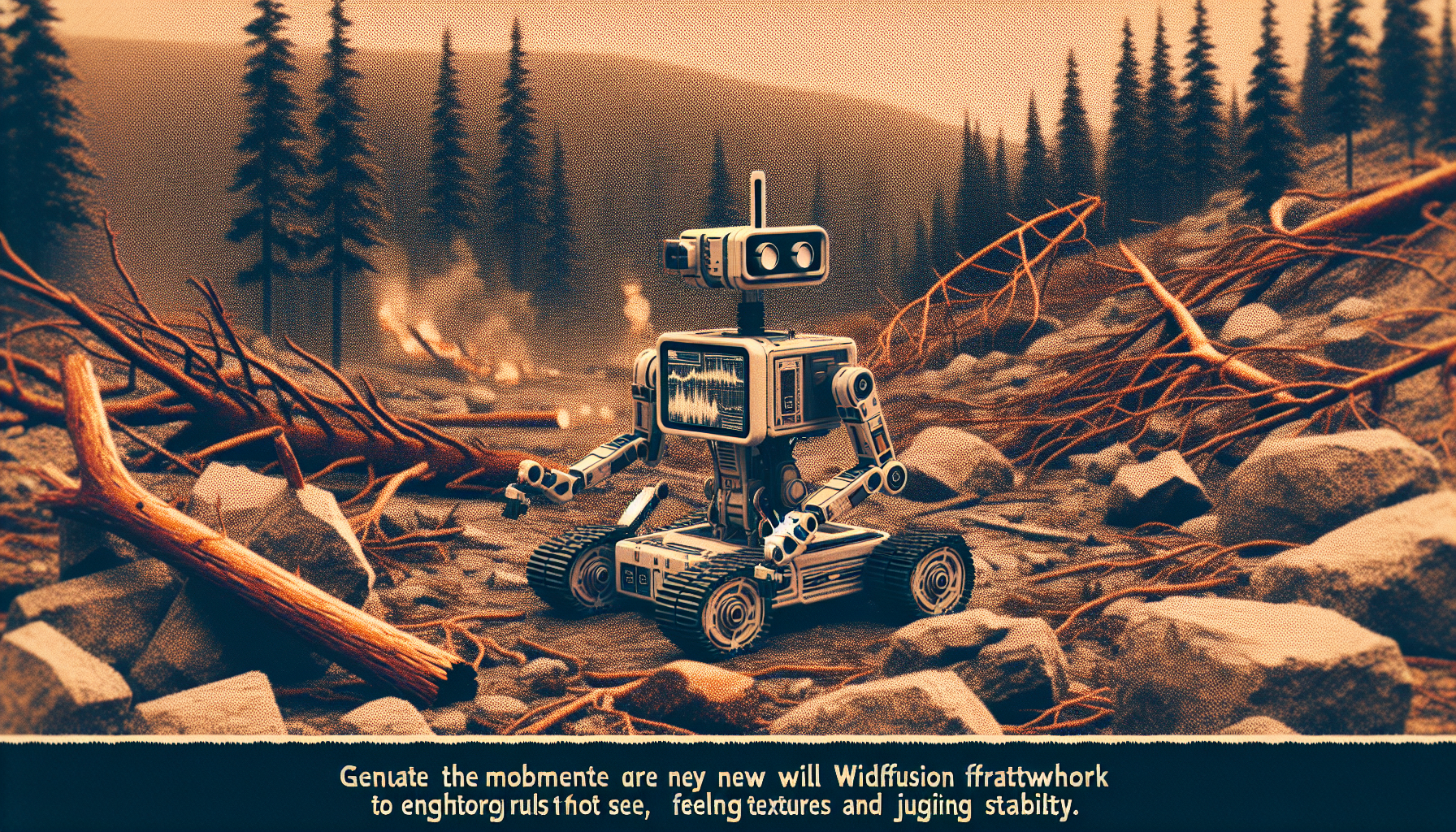Robots have always been curious explorers, but navigating the natural world is a daunting task. Rough forests, uneven disaster zones, and unpredictable off-road landscapes often stump even the smartest machines. Traditionally, robots have relied mainly on their eyes—cameras and sensors that capture visual images. But the world is much more than what can be seen. It’s filled with sensations that help us, as humans, judge stability, texture, and even danger. Inspired by this, researchers at Duke University have crafted a new framework called WildFusion, which brings robots closer to experiencing the world as we do.
The Essence of WildFusion
WildFusion is more than an upgrade; it is a revolution in how robots perceive and move through complex environments. Rather than focusing on just one sense, it weaves together a trio of vital human-like perceptions: sight, sound, and touch. Each sense offers a unique window to the world:
- Vision: Using cameras and LiDAR, robots gather colors, shapes, and depth—detecting paths, obstacles, and distances.
- Vibration: Acoustic microphones capture subtle tremors and shakes, clues that reveal hidden instability or hazards beneath the surface.
- Touch: Sensitive tactile sensors measure texture and firmness, telling the robot if the ground below is soft, slippery, or secure.
These streams of information flow into advanced processors. There, the robot combines them into a single, detailed understanding of its environment. This fusion mimics the way our own minds merge what we see, hear, and feel, giving us confidence to cross a rickety bridge or step over a muddy patch. Now, robots gain that same advantage.
Breaking Through Barriers
The blending of multiple senses makes a remarkable difference. In places where thick fog or shadows block sight, a robot can still rely on touch or feel for vibrations that might indicate safety or danger. Where a surface looks solid but is actually unstable, the robot’s sense of touch confirms the truth.
WildFusion, therefore, equips machines with the adaptability that people depend on, especially in places where the unexpected is routine. This heightened awareness leads to safer, smarter navigation—a crucial skill for robots in search-and-rescue operations, forest monitoring, or autonomous exploration.
New Frontiers and Opportunities
This leap in perception opens countless doors. WildFusion can help robots reach those stranded in disaster zones or examine the structure of remote bridges and tunnels. It can guide machines as they explore dense forests or rocky trails, finding paths where none are marked and reacting in real-time to changes in the environment.
The research team is already looking to the future. WildFusion was built to grow; new senses, such as heat detectors or humidity sensors, can be added as needed. This flexibility ensures that as challenges change, the framework can adapt, giving robots the tools to respond with even greater understanding and care.
The Path Ahead
WildFusion signals a new era for robotic intelligence. By empowering robots to sense more like we do, the framework transforms not just their abilities, but their relationship with the world. Tasks once limited by the scope of vision now benefit from the combined knowledge of sight, sound, and touch. It is a profound step toward enabling robots to move boldly and safely through the untamed and unknown.
As we continue to develop these systems, we open new possibilities for technology to serve, explore, and ultimately, to understand the diverse landscapes we all share. WildFusion stands as a testament to what is possible when we dare to imagine robots that truly feel the world around them.

Leave a Reply